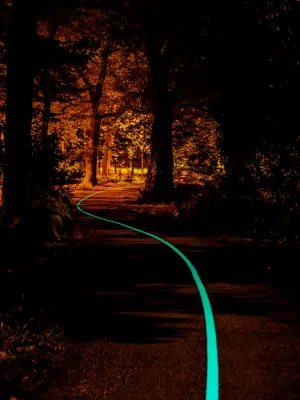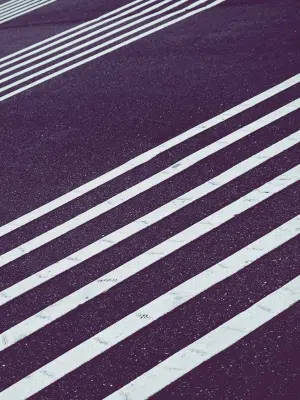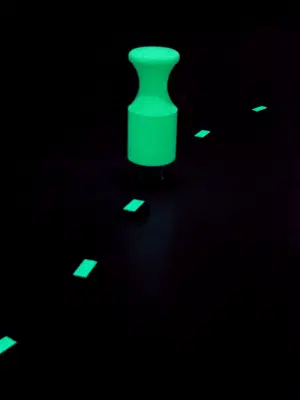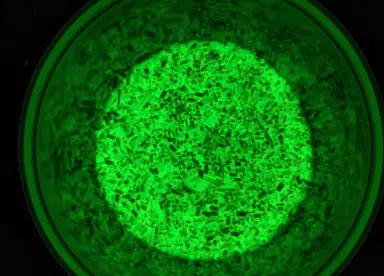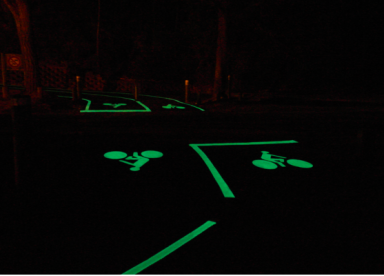How to choose the correct luminescent paint?
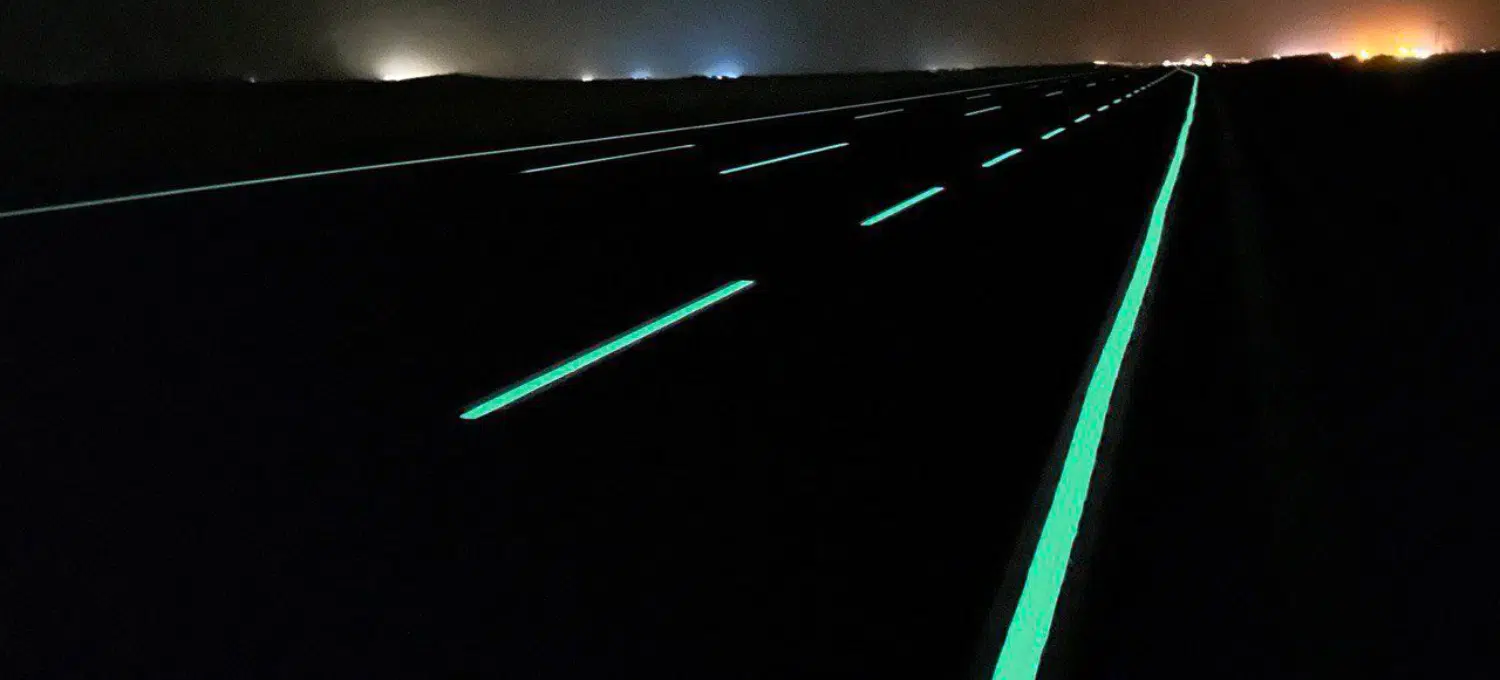
02/07/2024
All LuminoKrom® news
Table of contents
- What is luminescent paint?
- Step 1 - Choosing the right paint according to the project
- Step 2 - Choosing the right paint for the surface to be covered
- Step 3 - Choosing the right colour for the job
- Step 4 - Choosing according to desired performance
- Step 5 - Choosing a high-performance product
- Step 6 - Choose according to the equipment available
In the same category



